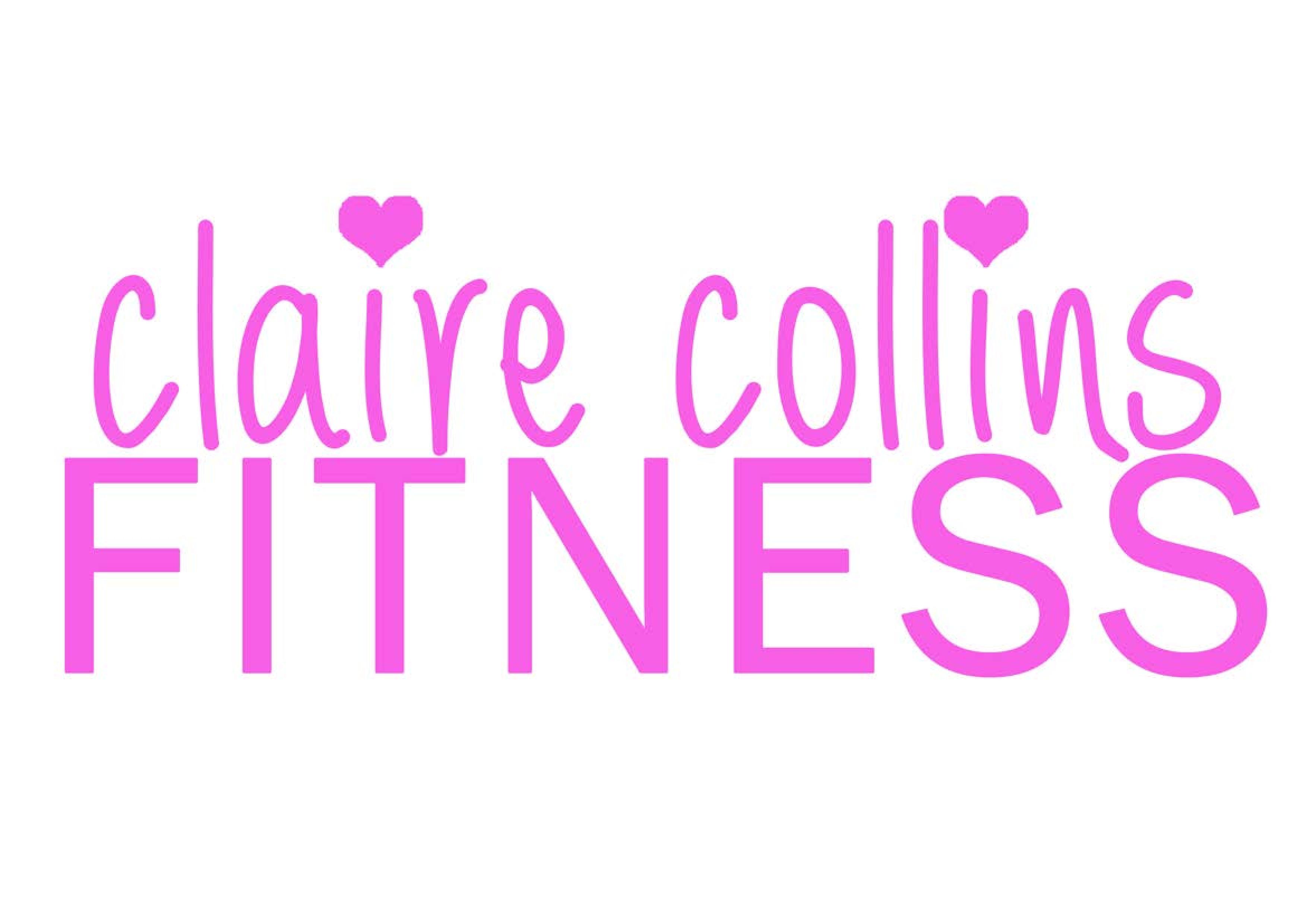Your Pelvic Floor muscles are a very important muscle group that are essential for birthing, maintaining continence, sexual function and overall core strength.
Pregnancy can stretch and weaken these muscles and connective tissue.
A vaginal birth may cause even more trauma however even if you have a C-section your Pelvic Floor muscles will still be weakened by carrying your baby for 9 months.
Pelvic Floor muscles need to be exercised to keep them strong and flexible to do their job.
Kegels are a low level, beginners way of reconnecting and strengthening your Pelvic Floor.
To connect with your front Pelvic Floor muscle you need to imagine you need to go to the wee but can’t find a toilet. When you tighten and lift your Pelvic Floor in this way you are performing a kegel.
To connect with your rear muscles you need to imagine you are stopping yourself passing wind. The tension you create at your anus is a rear kegel.
For most women the front Pelvic Floor is generally weaker than the rear hence more urinary leaks especially after having a baby.
Steps to heal your pelvic floor
Apart from kegels and more complex in depth strengthening exercises there are other things you can do to aid healing:
1) Water
Drink plenty of water – 2 litres a day.
The bodies connective tissues have up to 70-80% water content.
If the tissue is dehydrated or even partially dehydrated the tissue cells are unable to work properly which will inhibit healing and repair.
2) Breath out on exertion
Every time you do any type of exercise (squats, dips, lifting baby, lifting car seat etc) breath out as you complete the hard part of the movement. E.g. When you stand up from a squat or when you lift baby.
As you breath out your core strengthens, your Pelvic Floor lifts, abs come in, back comes in, diaphragm lifts.
This exhale gives you more support in your core and Pelvic Floor.
3) Just in Case
Stop going to the toilet ‘just in case’.
Visiting the toilet when you don’t need it is not healthy for your bladder.
When you empty your bladder your urine stream should last for at least 8 seconds or you shouldn’t have gone.
4) Protein
Try to eat protein with every meal.
Protein provides the body with essential amino acids which are important for healing tissues within your body.
5) Posture
Check your posture when sitting and standing. Good posture will mean that your core and
Pelvic Floor muscles are in optimum position for working effectively.
If you have any Pelvic Floor and Core issues it is a good idea to visit a specialised women’s health physio or consult a Pelvic Floor and Core exercise specialist like myself or one of my colleagues
www.holisticcorerestore.com

